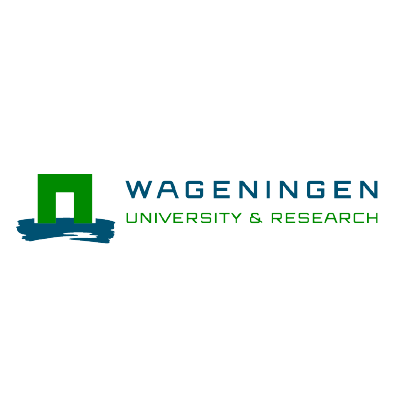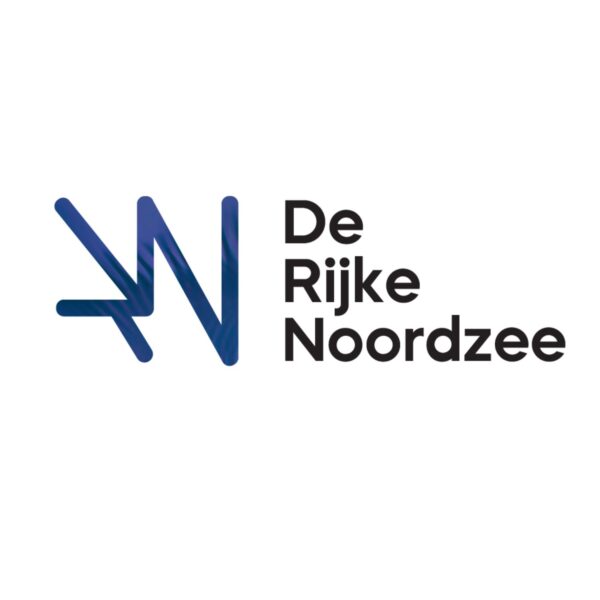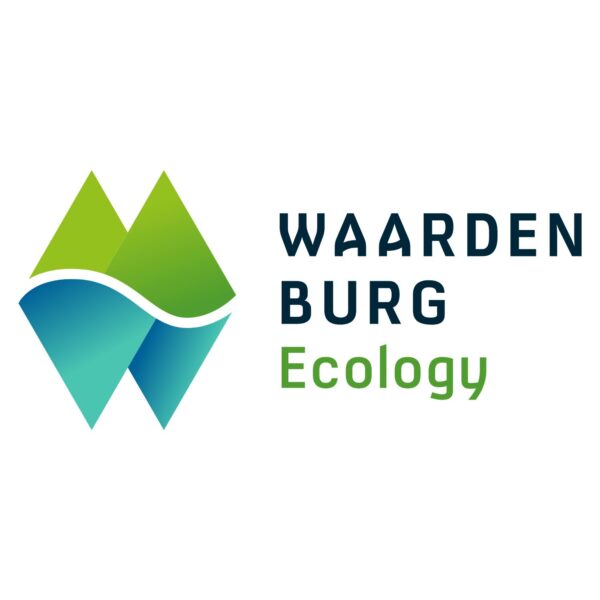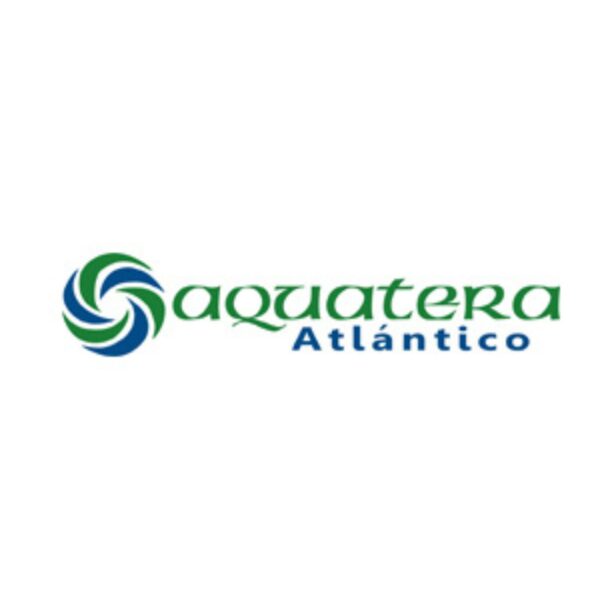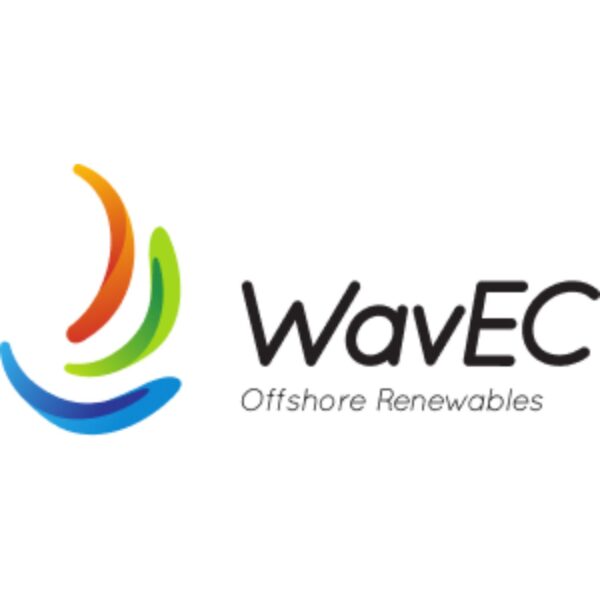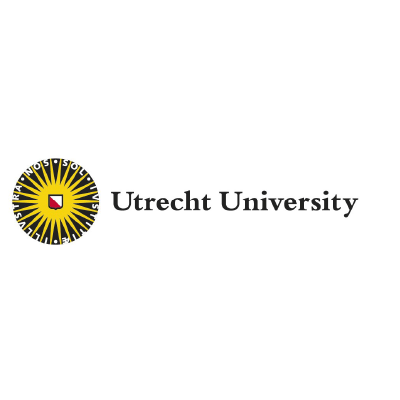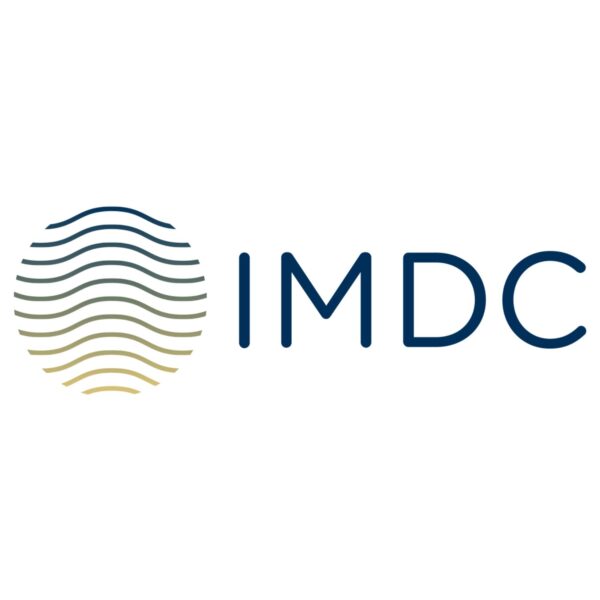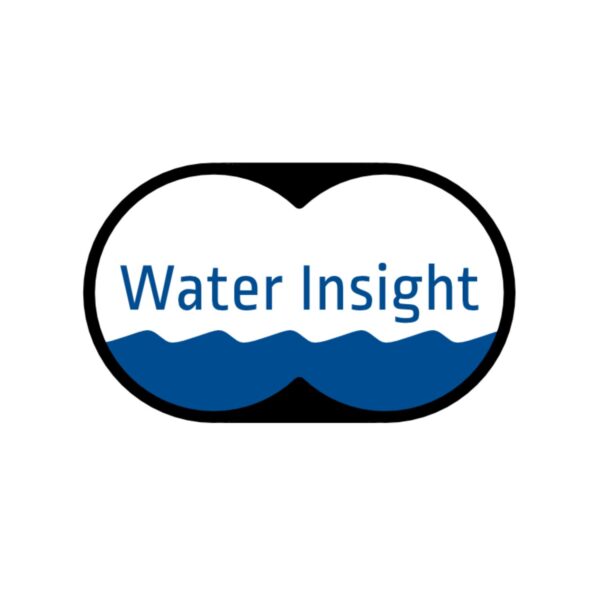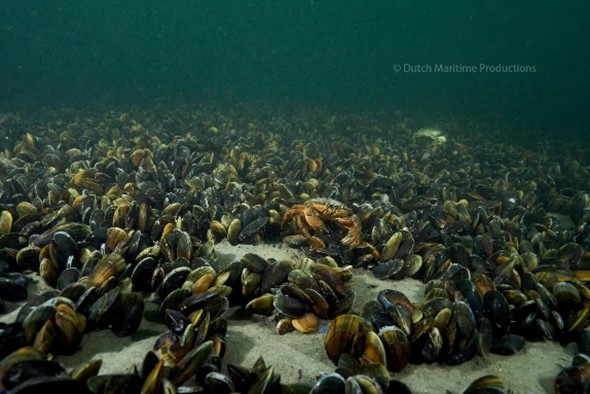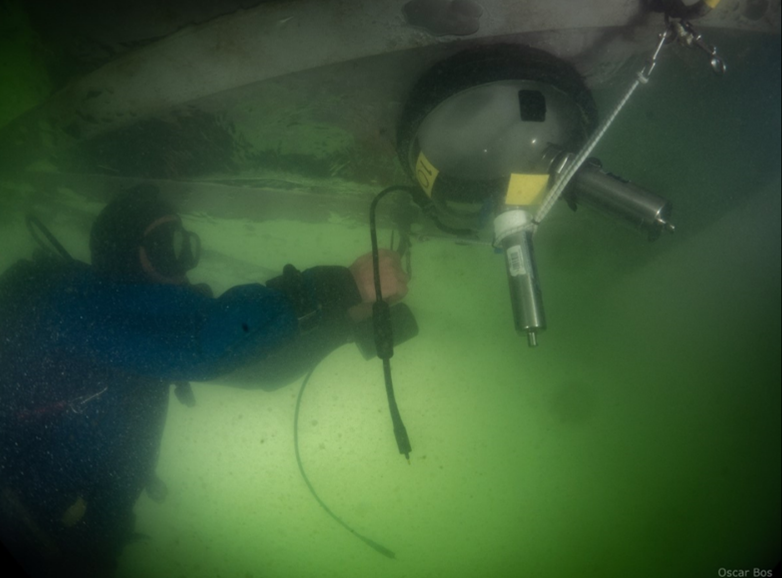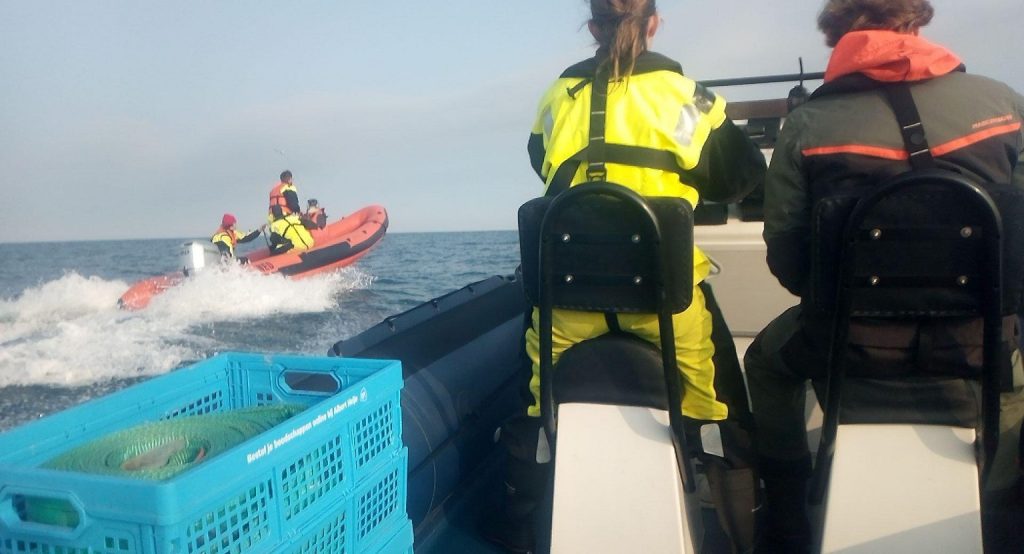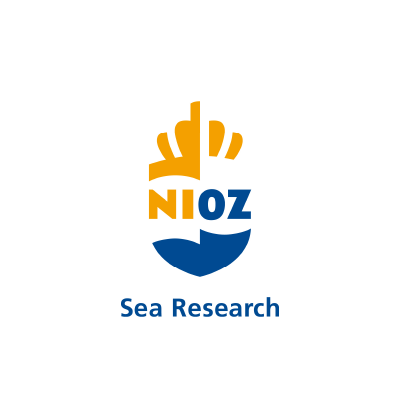
ENVIRONMENT & SUSTAINABILITY
Offshore solar energy, by its very nature, is a sustainable solution that directly benefits the environment.
By harnessing clean electricity from the sun without occupying valuable land, offshore solar contributes to global decarbonization efforts and helps mitigate climate change. This innovative approach not only reduces the need for fossil fuels but also preserves terrestrial ecosystems, making it an essential component of the renewable energy transition.
As we are deploying the first offshore solar farms in the world, we feel a responsibility to do what is right and cause no harm to the environment we work in. This ecological awareness has been a strong focus since Oceans of Energy was founded and continues to inform decisions at every stage of design and operation of our farms.
NATURE-ENHANCEMENT

Nature Enhancing with Offshore Solar
At Oceans of Energy, we are deeply committed to protecting and enhancing the marine environment. We recognize the vital interaction between our floating farms and ocean ecosystems and strive to not only minimize any potential impact but actively contribute to nature’s resilience. Through nature-enhancement efforts, we aim to boost biodiversity and support the growth of naturally occurring species. Our designs benefit marine life from the surface to the seabed, fostering healthier ecosystems both in the water column and on the ocean floor.
Read more about our contribution to thriving ecosystems here!
Floating Reef Effect
Since beginning offshore operations in 2019, we have observed how our floating farms provide new substrates in the sea for species to settle on. These structures form unique, ‘upside-down’ reef habitats beneath the floaters. The marine life that grows here forms the base of complex food webs, while the shelter provided by the platforms attracts larger species like crabs and fish. This phenomenon, known as the Fish Aggregating Device (FAD) effect, has been recognized by fishermen for centuries as a natural draw for marine life.
Read more about our floating reef effect here!
Seafloor Protection
A unique opportunity arises for offshore solar to contribute directly to SDG14 by providing functional seafloor protection through our floating structures. Harmful human activities that have damaged benthic habitats for decades are effectively halted in these areas, allowing ecosystems to recover. For the North Sea this means that naturally occurring oyster reefs and mussel beds have a change to make their comeback!
Besides, we see that blue mussels (and other species) are happily growing and attaching to the underside of our floaters, deployed in the North Sea. During storms and through natural processes, some mussels detach and settle on the seafloor, where they begin to form complex, hard structures. Over time, this process aids in the natural re-establishment of mussel beds.
Throughout the expected 25-year lifespan of our solar farms, thousands of kilograms of mussels will grow, contributing to ecosystem restoration and capturing CO2 in their shells. In this way, our systems play a direct role in fostering a blue carbon sink and promoting marine biodiversity.
Read more about this blue carbon sink here!
Commitment to Ocean Stewardship
Our goal is to deliver our services with minimal impact on both local and global environments. We are dedicated to sustainability, investing significantly in research and collaborating with leading institutes. We prioritize environmentally friendly practices and strictly adhere to all environmental regulations.
In every aspect of our organization, we strive to prevent pollution, efficiently utilize energy and raw materials, recycle, and responsibly manage waste. We believe in creating projects worldwide that achieve a win-win for local communities and the planet by focusing on key environmental and sustainability metrics.
By aligning our values and strategies with the United Nations Sustainable Development Goals (SDGs), particularly SDGs 7, 12, 13, and 14, we aim to deliver impactful solutions that benefit both people and the environment.
MONITORING & RESEARCH
Environmental monitoring
Responsibly developing offshore solar relies on growing our understanding of the potential impacts of offshore solar development on marine resources, and the effectiveness of mitigation technologies. To achieve this, we incorporate environmental monitoring into every project we undertake. Our marine ecologists and field scientists diligently collect data from our pilot projects, including water quality parameters like light, temperature, dissolved oxygen, chlorophyll and turbidity levels. Additionally, we utilize both above-water and underwater camera images to gather essential information about how our systems function and interact with fish, birds and marine mammals. During the more than four years of field observations around our pilots, we have not seen any negative impact of our systems with sea life.
Modelling
The field data we collect is crucial for validating our models that predict the effects of large-scale offshore solar installations on various ecosystems. For example, we collaborated with research partners to develop an initial water column model simulating a temperate coastal sea environment, such as the North Sea, to assess the shadow effect on phytoplankton. Our results indicate that there is no significant impact on primary production, even when considering unrealistically large floating farms extending tens of kilometers. This is primarily because the tides continuously move seawater beneath the floating installations, preventing phytoplankton particles from remaining in the shadow zone for extended periods. That’s on top of the fact that floating solar farms take up little sea space compared to the overall size and water volume of sea basins.
Publications
We aim to publish our findings in open access peer-reviewed scientific articles. Please find our papers below:
- Mavraki et al., 2023 Fouling community composition on a pilot floating solar-energy installation in the coastal Dutch North Sea
- Vlaswinkel, Roos, Nelissen, 2023 Environmental Observations at the First Offshore Solar Farm in the Netherlands
- Nalmpanti, Dinandra, Maar, Larsen, Vlaswinkel 2025 Offshore solar farms as habitats for Mytilus edulis: A preliminary modelling study on mussel growth, distribution, chlorophyll-a uptake and bio-deposition in the North Sea
- Mavraki et al., 2025 Inventory of the biofouling community on the first offshore solar energy farm in the North Sea
ECO CONSCIOUS DESIGNING
Material use and Circularity
Our floater design, inspired by the waterlily, utilizes the sea surface to support its own weight, allowing us to minimize material usage. In our material choices, we prioritize recycled plastics and metals and currently, 95% of our floater materials are repurposed or derived from recycled sources. We also proactively plan for sustainable end-of-life strategies. When an offshore solar farm, designed to last 25 years, reaches the end of its life, the modular floaters can be easily disassembled and returned to our suppliers for recycling and repurposing. This process enables the reuse of raw materials in new components, fostering a circular economy, in line with SDG12. By minimizing material use and emphasizing recycling, we reduce waste and resource consumption, thereby lowering the environmental impact of offshore solar and advancing supply chain decarbonization.
Light Attenuation
Our floating array design does not only provides shelter but also effectively channels sunlight into the water column through the gaps between individual floaters. Over the years, we have optimized this design to ensure that sufficient sunlight reaches into the water column, promoting primary production and sustaining marine life. This thoughtful approach minimizes our impact on benthic and aquatic life, reflecting our commitment to a harmonious coexistence between technology and the marine environment.
PARTNERSHIPS
We believe in the power of collaboration to drive positive change. Meet our esteemed partners who share our vision for a sustainable future. Together, we aim to forge new paths in renewable energy, ensuring that every innovation aligns with our commitment to environmental responsibility.
We are always on the lookout for new projects that allow us to partner with like-minded organizations and individuals. Whether you’re an established player or a visionary startup, we welcome opportunities to join forces and propel our ocean research forward.


